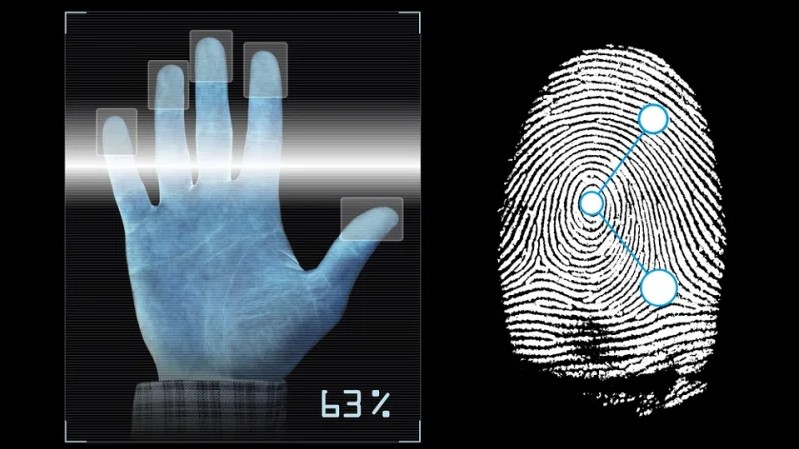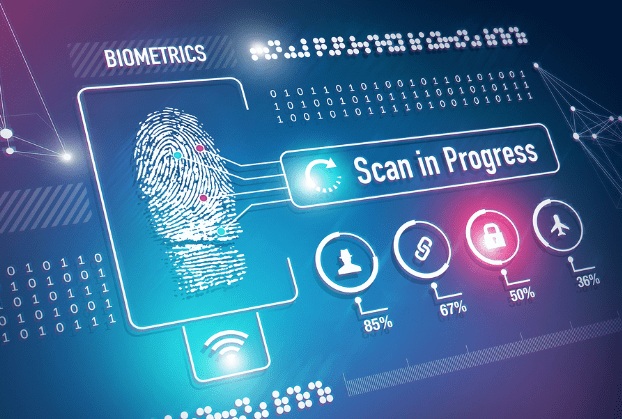Mumbai Police Catches Criminals Using Biometric Data
Harin - Aug 03, 2019

Earlier this week, the state of Maharashtra became the first Indian state to deploy a biometric verification database from crimes solving.
- Is It Possible To Unlock iPhone? Police May Be Using This Tool To Surveil Suspects!
- With $3 In The Wallet, 5-Year-Old Driver Stole His Parents' Car And Escaped To California For A Lamborghini!
- Uber Said Mumbai Is The 'Most Forgetful' City, And Here's Why
Thanks to the development of the smartphone, smartphone makers have come up with phones with fingerprint and face scanners. And now, this tech is being used for security by Maharashtra state.

Earlier this week, the state of Maharashtra was the first Indian state to deploy a biometric verification database from crimes solving. The Mumbai police’s new system is called the Automated Multi-modal Biometric Identification System or AMBIS with which police can analyze crime scene as well as suspect biometric data against the existing criminals found in their database.
The system includes suspects’ various-angled photos for facial recognition, iris scans, palm prints, and fingerprints. These were inputted into a database located at the headquarters of Mumbai Police. However, other Maharashtra police stations can also access the data via an internal network.
Police stations also have a portable AMBIS system which they can take with them to a crime scene. This system will let police compare CCTV footage’s images to the photos that they have.
All of this will become evidence in court.
This project has been an ongoing project of the Mumbai police’s cyber department since 2017. Ever since then, old criminal records have been digitized with this system, at least 6.5 lakh of them, with the oldest dating back to the 1950s.
Over the last few days, several police stations have tested the system. Starting from August 4, the system will officially be implemented. And in just a few days, the system has helped the Mumbai police in solving 85 crimes, using chance prints that were found at crime scenes.
The plan is to equip 1160 police stations in 42 districts of the state as well as police training centers, fingerprint bureaus, and jails with the system.
Featured Stories

Features - Jul 01, 2025
What Are The Fastest Passenger Vehicles Ever Created?

Features - Jun 25, 2025
Japan Hydrogen Breakthrough: Scientists Crack the Clean Energy Code with...

ICT News - Jun 25, 2025
AI Intimidation Tactics: CEOs Turn Flawed Technology Into Employee Fear Machine

Review - Jun 25, 2025
Windows 11 Problems: Is Microsoft's "Best" OS Actually Getting Worse?

Features - Jun 22, 2025
Telegram Founder Pavel Durov Plans to Split $14 Billion Fortune Among 106 Children

ICT News - Jun 22, 2025
Neuralink Telepathy Chip Enables Quadriplegic Rob Greiner to Control Games with...

Features - Jun 21, 2025
This Over $100 Bottle Has Nothing But Fresh Air Inside

Features - Jun 18, 2025
Best Mobile VPN Apps for Gaming 2025: Complete Guide

Features - Jun 18, 2025
A Math Formula Tells Us How Long Everything Will Live

Features - Jun 16, 2025
Comments
Sort by Newest | Popular